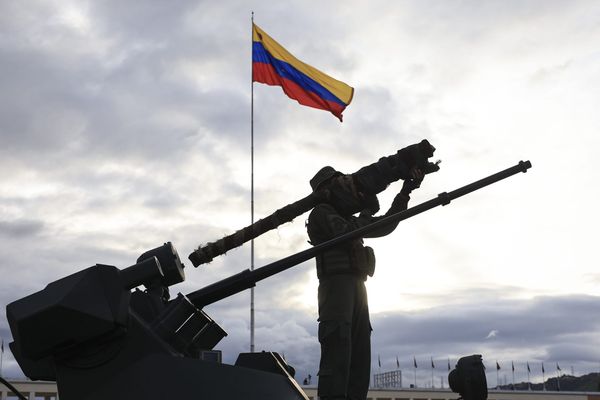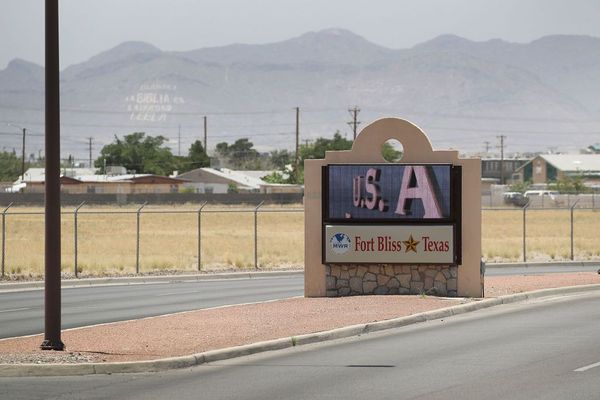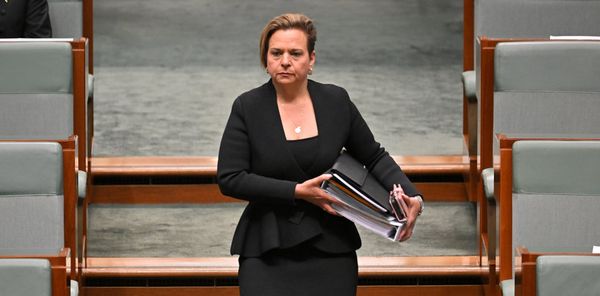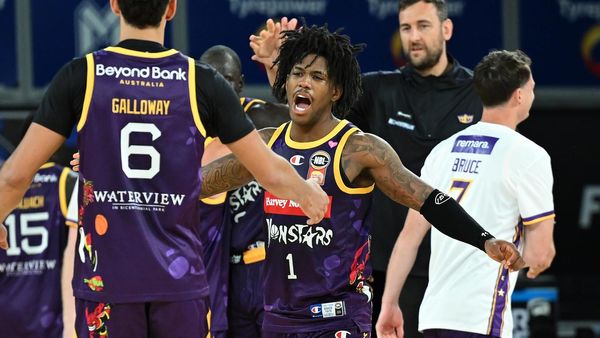
European leaders have been holding a virtual conference call to discuss what security guarantees they could give to Ukraine in the event of a peace deal with Russia. The discussion follows Monday’s unprecedented get-together in the White House hosted by Donald Trump. The US president met Volodymyr Zelenskyy and held talks with Britain’s Keir Starmer, as well as the leaders of Germany, France, Italy, Finland, the European Union and Nato. The main topic was how to end the war in Ukraine, the continent’s biggest since 1945, and how Europe might stop Russia from attacking again.
What security guarantees might Ukraine get?
Zelenskyy has said that the details will be worked out and “formalised on paper” within a week to 10 days. As many as 30 countries – called the “coalition of the willing” – are likely to be involved, with some help from the US, although what that might mean is unclear. Speaking after his meeting on Monday with Donald Trump and European leaders in the White House, Zelenskyy said their support could take many forms.
One of those could be prysutnist (the Ukrainian word for presence), meaning they would provide troops. And it might include intelligence, as well as providing security in the air and on the Black Sea, or simply funds, he said.
The key question is, which European governments are willing to take part in a peacekeeping mission inside Ukraine? The UK and France have indicated they are ready to send soldiers as part of a “reassurance force”. France’s president, Emmanuel Macron, confirmed: “We have to help Ukraine on the ground.” Germany is more sceptical. Many details have yet to be worked out. Would western troops be stationed along a ceasefire line or provide a more limited training role in big cities such as Kyiv and Lviv? And what rules of engagement would they have if they came under Russian fire?
How might the US contribute?
Trump has promised to coordinate a Europe-led peacekeeping operation in Ukraine. “When it comes to security, there’s going to be a lot of help,” he said on Monday, sitting next to Zelenskyy in the Oval Office. The US president made clear European countries would be expected to carry most of the burden. “They are a first line of defence because they’re there. But we’ll help them out,” he said.
Ukraine wants to buy $90bn worth of US weapons and says they could form part of the security guarantee. Overall, however, Trump has been vague about how much the US would contribute. He has ruled out Ukraine’s membership of Nato, which Kyiv believes would be the best deterrent against a future Russian onslaught. There seems no prospect the US would send its own troops to take part in a peace-keeping mission. One more realistic option would be for the Pentagon to provide logistical support to a proposed “sky shield”. The plan envisages an air protection zone in the west and the centre of Ukraine, including over the capital Kyiv, enforced by European fighter jets.
What does Russia say?
According to Trump, Vladimir Putin agreed during their summit in Alaska that Ukraine required security guarantees. Trump’s special envoy Steve Witkoff has said that these would be outside the auspices of Nato, but would be the equivalent of article 5, Nato’s self-defence pact in which an attack on one is considered an attack on all. Russia’s interpretation of guarantees, however, seems different from Witkoff’s version. The Kremlin says it is categorically opposed to western troops in Ukraine. It is unlikely to accept a peacekeeping force as part of any deal.
Putin’s war goals, meanwhile, are unchanged and framed in terms of Russia’s own existential security needs. He is demanding the entirety of Donetsk and Luhansk provinces, including territory Russia has been unable since 2014 to capture. Putin also wants Ukraine’s “demilitarisation and denazification” – meaning severe limits on the size of Kyiv’s army, as well as Zelenskyy’s removal. The intense diplomacy of the past few days may seem like progress. But Russia’s basic position hasn’t changed. Putin has shown no sign he respects Ukraine’s sovereignty or that he wants to stop the war. While Russia’s bombing continues discussion of security guarantees seems moot.
What does history tell us?
We have been here before. In 1994 Kyiv agreed to give up its nuclear weapons in exchange for international security assurances. Under the terms of the Budapest memorandum the US, Russia, the UK, China and France said they would ensure Ukraine’s “territorial integrity” and “political independence”. And to “refrain from the use and threat of force”.
At the time Ukrainian politicians thought giving up the country’s nuclear arsenal left it open to Russian attack. The Clinton administration was insistent. In May 1997 Russia’s president Boris Yeltsin signed a friendship treaty with his Ukrainian counterpart, Leonid Kuchma. Russia recognised Ukraine’s post-Soviet borders. As part of the deal, Kyiv gave Moscow most of its navy, and leased the Crimean port of Sevastopol to the Russians for 20 years.
Neither agreement stopped Russian aggression. In 2014 the Kremlin used its troops stationed in Crimea to seize and annex the peninsula. Putin now says the whole of Ukraine is “historical Russia”. Ukraine’s experience of betrayal – with late 20th-century pledges proving to be worthless – means it will want better guarantees this time.







